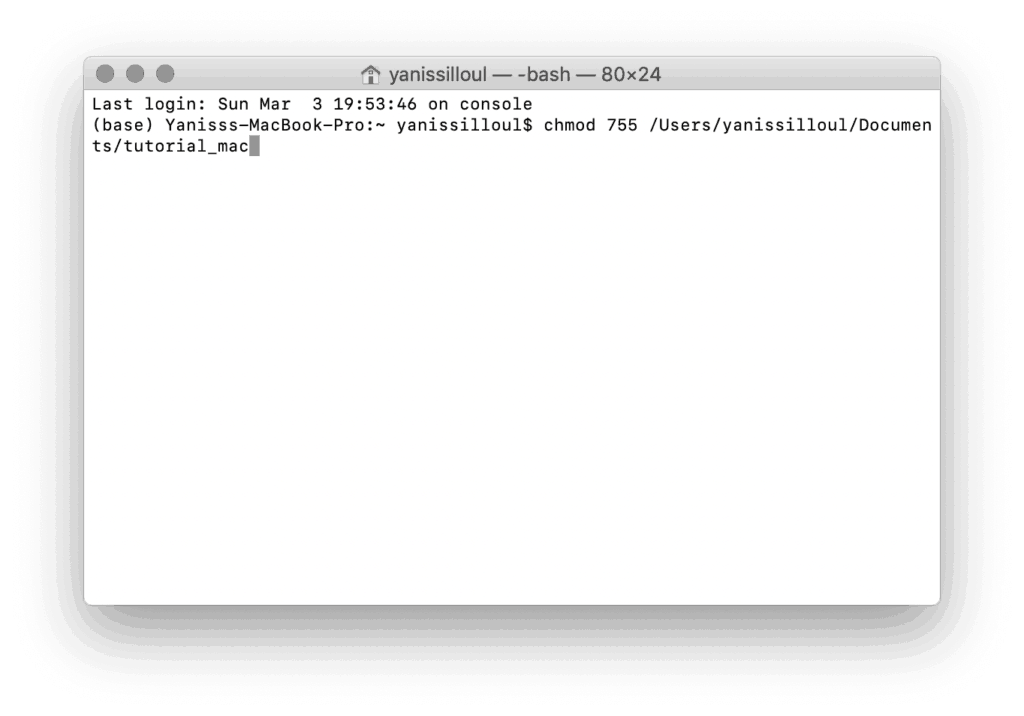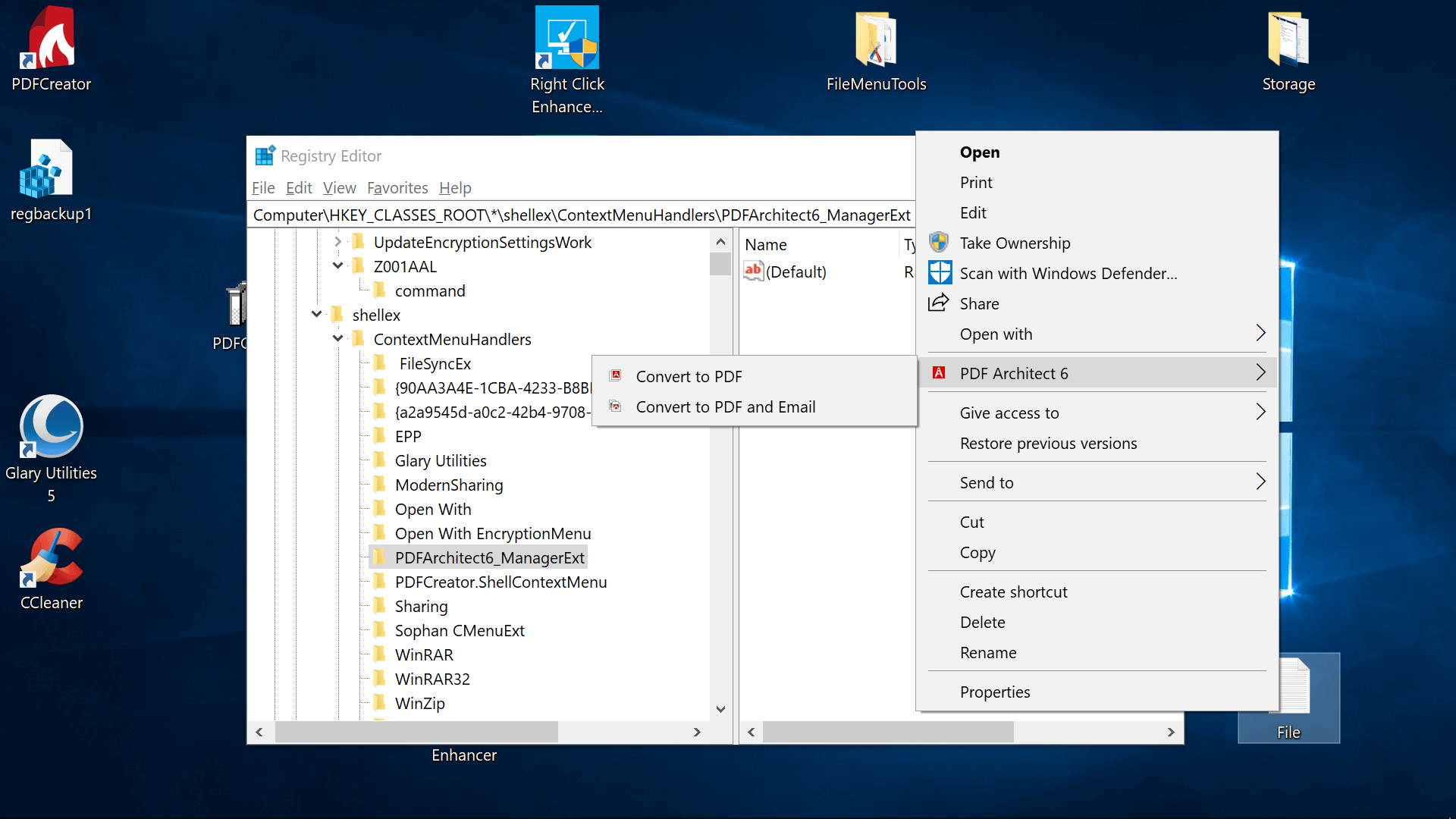

UNIX MAKE FILE EXECUTABLE WINDOWS SOFTWARE
In truth, I'm not sure I want to know.) Managing such an immense quantity of source code is the central problem in software engineering.
UNIX MAKE FILE EXECUTABLE WINDOWS WINDOWS
At last realizing that program bugs increase at least linearly with the size of a program's source code suite, Microsoft has stopped bragging about how many lines of code it took to create Windows NT. (The current release of Linux represents about 10 million lines of source code, depending on how you define what's a "part" of Linux. In the real world, useful programs can take thousands, tens of thousands, or even millions of lines of source code. Throughout this book we've been looking at teeny little programs with a hundred lines of code or less. It does this by specifying certain rules called dependencies. What it does is specify what pieces of a program are required to build other pieces of the program, and in doing so ultimately defines what it takes to build the final executable file.

But unlike a computer program, it doesn't specify the precise sequence of operations to be taken. The make file (which by default is named "makefile") is a little like a computer program in that it specifies how something is to be done. Like gcc, the make utility is a puppet master that executes other programs according to a master plan, which is a simple text file called a make file. What the make mechanism does is build executable program files from their component parts. The make mechanism grew up in the C world, and although it's been adopted by many other programming languages and environments, it's never been adopted quite as thoroughly (or as nakedly) as in the C world. If you've done any programming in C at all, you're almost certainly familiar with the idea of the make utility. Appendix D: Segment Register Assumptions.Appendix C: Web URLs for Assembly Programmers.PUSHFD Push 32-Bit EFlags onto Stack (386+).PUSHAD Push All 32-Bit GP Registers (386+).PUSHA Push All 16-Bit GP Registers (286+).POPFD Pop Top of Stack into EFlags (386+).MOV Move (Copy) Right Operand into Left Operand.Conclusion: Not the End, But Only the Beginning.Chapter 12: The Programmer's View of Linux Tools and Skills to Help You Write Assembly Code under a True 32-Bit OS.The Semiautomatic Weapon: STOSW without REP.The Notion of an Assembly Language String.Building External Libraries of Procedures.The Bones of an Assembly Language Program.Reading and Using an Assembly Language Reference.Machine Instructions and Their Operands.Assembling and Executing Machine Instructions with DEBUG.Reading and Changing Registers with DEBUG.The Three Major Assembly Programming Models.Chapter 5: NASM-IDE: A Place to Stand Give me a lever long enough, and a place to stand, and I will move the Earth.The Assembly Language Development Process.From Hex to Decimal and from Decimal to Hex.Hexadecimal: Solving the Digit Shortage.Octal: How the Grinch Stole Eight and Nine.In the Save as type drop-down list, click C# Files. In the Save as dialog box, type a name and location for the script. In the Configure Run Profiles for Management Agent dialog box, in Management agent run profiles, click the run profile that you want to compile into an executable file, and then click Script. On the Actions menu, click Configure Run Profiles.

In Management Agents, click a management agent. In Synchronization Service Manager, on the Tools menu, click Management Agents. To create the source file for a run profile Click OK to close the dialog boxes.Īfter you add the compiler path to your computer, you can use Synchronization Service Manager to create a source file for a run profile. In the Edit System Variable dialog box, go to the end of the text in the Variable value text box, and type a semi-colon ( ) followed by the location of the. In the System Properties list box of the Environment Variables dialog box, click Path, and then click Edit. On the Advanced tab of System Properties, click Environment Variables. Note the location of this file.Ĭlick Start, right-click My Computer, and then click Properties. To add the compiler path to your systemįind the location of the. To use the compiler, you must add the compiler location to the path variable of your computer. You can then compile the file into an executable file by using the command-line compiler that is supplied with the Microsoft. You can create a C# file using Synchronization Service Manager. Although this is more complicated than creating a Visual Basic script to run a management agent run profile, the advantage is that the compiled file can run as a stand-alone file that does not require a script engine. You can create a C# file, compile it into an executable file, and then use this file to run a management agent run profile.


 0 kommentar(er)
0 kommentar(er)
